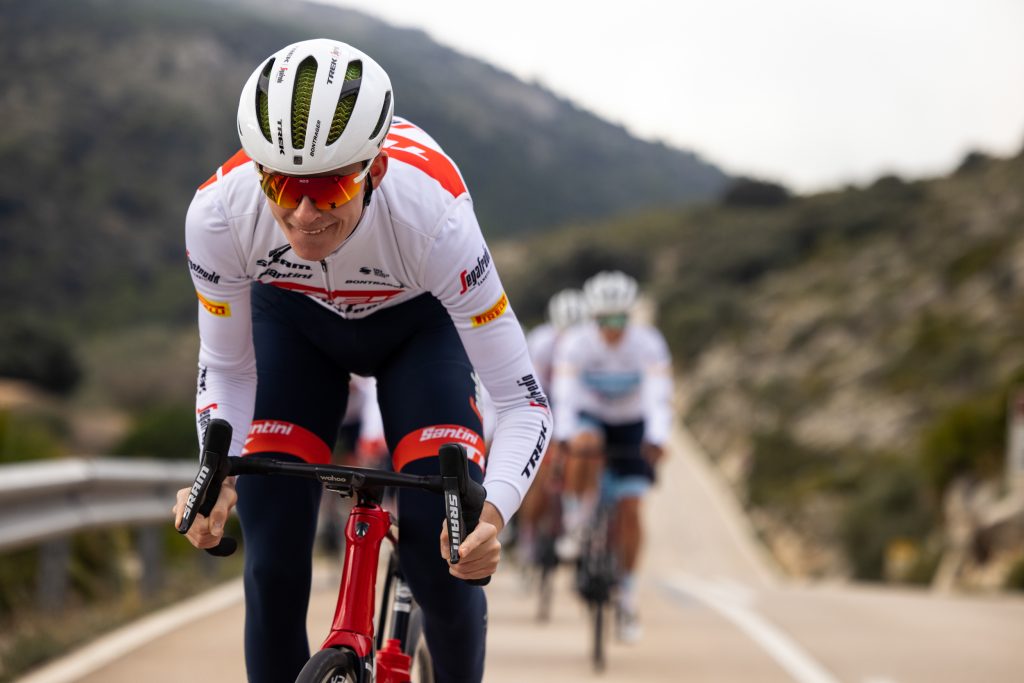After the summer holidays, we’re back in the saddle with researchers from the Mapei Sport Research Centre, who today present us with the latest article they have published entitled The relationship between workloads and performance in professional cycling. This study is the fruit of the most recent ‘Aldo Sassi research cheque’ for graduates in sport sciences announced by Mapei Spa in collaboration with the Varese Chamber of Commerce and the Varese Sport Commission; a cheque that was set up to keep alive the memory of the professor who founded and led the centre in Olgiate Olona (Varese – Italy) from 1996 to 2010 and to support young researchers in the field of sport.
Gabriele Gallo with Andrea Morelli, Matteo Azzolini, Andrea Bosio, Ermanno Rampinini, Marco Martin and the valuable contribution of Luca Guercilena and Josu Larrazabal of Team Trek-Segafredo tested the correlations between the ‘dose’ (understood as quantity and intensity) of a training period of 4 or 8 weeks and race performance.
Experts from Mapei Sport with the general manager and performance manager of Trek-Segafredo analysed the kilometres ridden, the time spent in the various power zones, and the watts produced by the professional cyclists who were part of the American World Tour team in the years 2014 to 2018. All these parameters were related to a performance indicator called Record Power Output (RPO) defined as the highest average power output maintained during a specific time interval. For this research, time intervals of 1, 5, 20 and 40 minutes were considered. The monthly analysis, which gives us an idea of the effect of the last month of training on performance, showed a significant positive effect of all training dose representative variables on RPO. These results suggest that a certain degree of responsiveness to the amount and intensity of training persists even in the endurance of top-class athletes who are therefore already very well trained. Less clear-cut results with very high levels of intra- and inter-individual variability were found in the other analyses performed. In preparation for the big rounds, it would appear to be somewhat useful to carry out training that favours medium to high intensities (such as Z3) in the 8 weeks before the competition. Also considering the 8-week training period prior to one-day races, cyclists would tend to favour generally medium-high intensity training that stresses the cardio-respiratory system to the detriment of very long rides at low intensity (Z1).
Overall, the results of this study confirm the importance of well-structured training in terms of both volume and intensity in order to achieve the best possible performance. In addition, the systematic and precise collection of data during training sessions and races is a fundamental building block for individual and team improvement in cycling, but not only.
